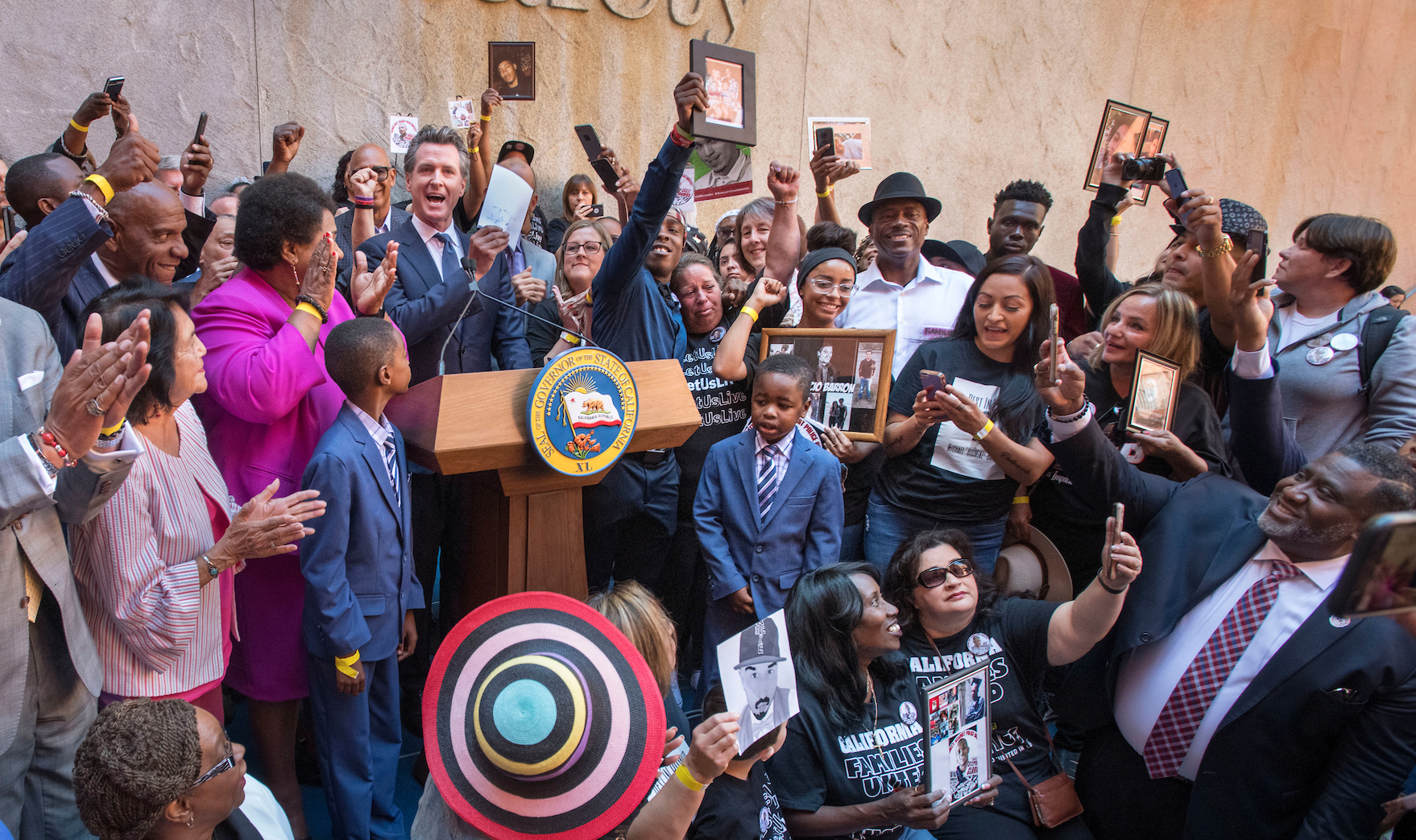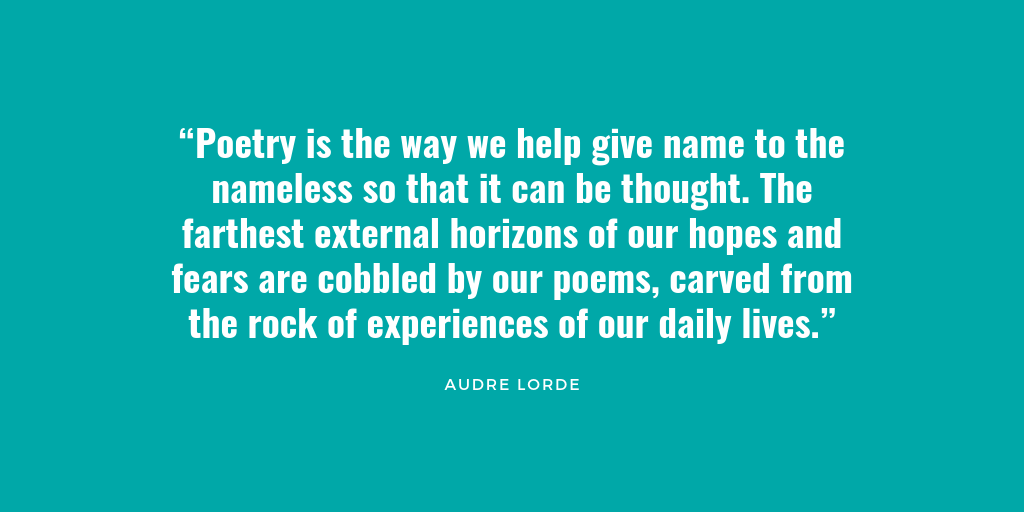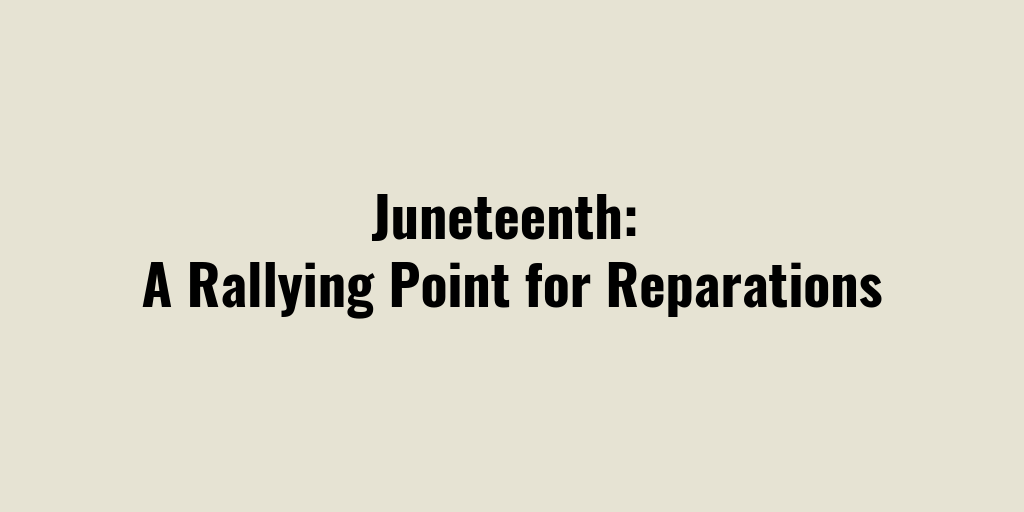From the 1930s through the 1960s, Pittsburgh’s Hill District was one of America’s elite African-American neighborhoods. Affectionately known as “Little Harlem,” it was home to a vibrant jazz scene, and was one of the few integrated areas in the city. By the 1950s, however, urban renewal – in which the federal government empowered local governments and private developers to redevelop commercial districts, displacing a disproportionate number of people of color and their businesses – hit the city. In Pittsburgh, this included forcibly removing over 8,000 residents and 400 business from the Lower Hill District into already segregated neighborhoods.
Today, Pittsburgh remains one of the most segregated cities in the United States. “When the city ignored advice not to demolish homes and businesses in the Lower Hill District, it raised new questions about the government's power to alter a neighborhood's social, racial, and economic fabric,” Dan Fitzpatrick explained in the Pittsburgh Post-Gazette. But what if they used their power differently? If local government could take wide sweeping actions to create today’s inequality crisis, then government can certainly take bold actions – in partnership with local leaders – to reverse this tide.
That’s exactly what the Pittsburgh City Council has recently set into motion. In a unanimous vote, the council passed a legislative package to increase equity across the city. Introduced by Councilmembers R. Daniel Lavelle and Rev. Ricky Burgess, supported by the Mayor’s office, and influenced by All-In Pittsburgh – a coalition of over 40 organizations dedicated to advancing racial equity and equitable development in the region. Specifically, the legislation:
- Declares Pittsburgh an “all-In” city, demonstrating its commitment to breaking down barriers to advance racial economic inclusion and equitable growth.
- Adds equity reporting requirements of all city department directors.
- Creates an equity and inclusion implementation team to implement, monitor, and enforce equity and diversity goals in all city departments.
There are many existing models Pittsburgh will be able to rely on when working to foster equitable development and embed equity across city government. In 2005, Seattle became the first city in the United States to start a citywide initiative to eliminate racial inequities and structural racism. Now all city employees are trained on equity and inclusion, and all city departments use a racial equity analysis tool to consider how their work benefits or burdens various communities, and how they may contribute to racial disparities. This has led to hundreds of changes in city operations. Similar initiatives are at work across the country, in communities from Oakland, California to Fairfax, Virginia.
What makes the work in Pittsburgh particularly exciting is the commitment to working with community throughout the process. Councilman Burgess said the city will work with the All-In Pittsburgh coalition to challenge corporations, institutions, and nonprofits to set the same goals created through the legislation. As outlined in The Path to an All-In Pittsburgh, to ensure the sustainability and success of this work, local leaders must invest in multiracial, cross-sector collective action, with an emphasis in supporting grassroots and resident leadership.
Community-based leaders actively participate in the coalition, including representatives from Beltzhoover Consensus Group, Hazlewood Initiative, Hill District Consensus Group, Homewood Children's Village, Kelly Strayhorn Theater, and the Kingsley Association. Together, these organizations can play a vital role in building community cohesion, articulating a vision for the community’s future, negotiating with developers, and partnering to implement investment without displacement strategies. This will require the sustained support of philanthropic leaders investing in the institutional structures and networks that can take collective action.
There is perhaps no greater asset to coalition building towards equitable development than local residents. Resident leadership and organizing is foundational to ensuring that as a city continues to grow and change, those most at risk of being displaced know their rights and have a voice in how their neighborhoods change. Local government and private sector leaders should provide clear, widespread information about specific development proposals in neighborhoods, so residents are informed and empowered to weigh in on plans that impact them. This also requires investment in tenant advocacy and organizing to prevent displacement, engage in neighborhood planning, and ensure healthy housing.
As Pittsburgh commits to truly going “all-in,” they will need to continue to invest in community power, voice, and capacity. Building structures for collective action and developing policy leadership from within Pittsburgh’s communities of color is critical to carrying this agenda forward. Pittsburgh’s leadership has taken important steps towards ushering in an era of equity. Positioning residents and community’s leaders at the center of this work will show that the city is truly heeding the lessons from the past.



